Kooi-Ying Architects P/L
A studio which has successfully completed numerous additions to homes, individual houses and commercial projects in Sydney, Kuala Lumpur and Thailand. We are devoted to creating contemporary architecture through an organic understanding of building in direct responds to climate, topography, lifestyle, culture and history. Through the sensibility of place and the understanding of materiality developed over the years of working on various projects with specific requirements and constraints resulting in the perspective to create an architecture of unpretentious functionalism. This vision leads to the non prescriptive approach of respecting each client, site and brief as unique case thus developing a lasting architecture. This success also reinforced the appreciation of budget constraints without compromising the final products.
Driving directions to Kooi-Ying Architects P/L on map
Kooi-Ying Architects P/L on Google Maps
Projects:
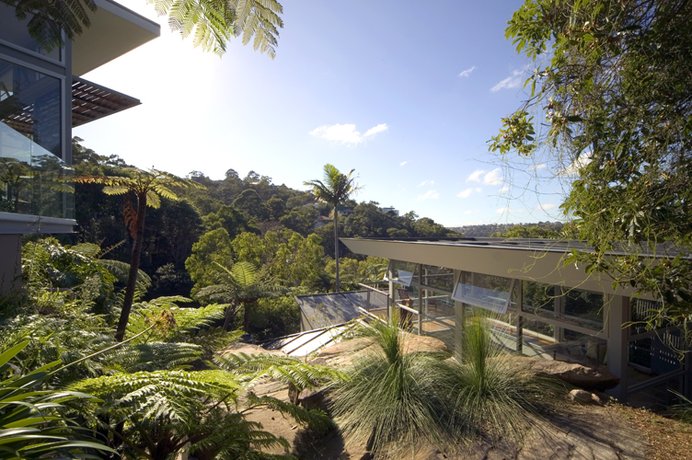
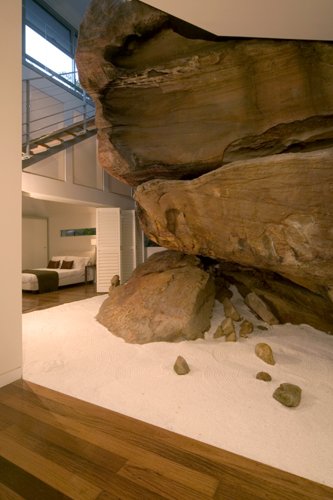
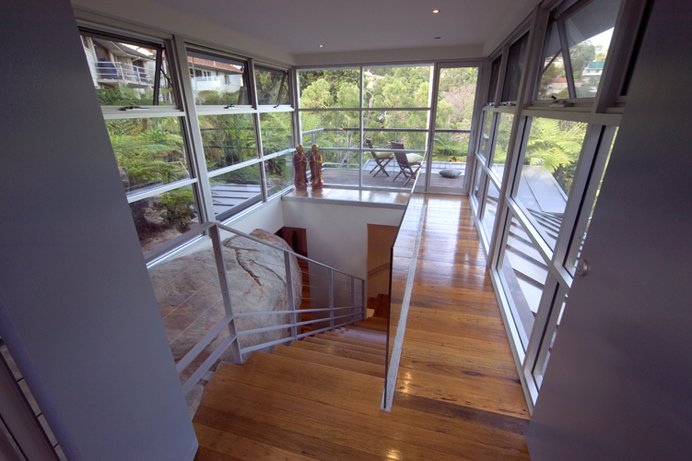
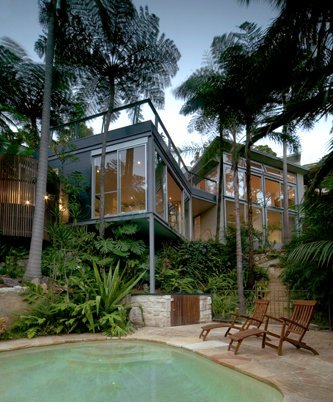
The Scarp House
Castlecrag NSW 2064 , 2007
The Scarp House Located on the foreshore within the Griffin Conservation Area of Castlecrag, The Scarp House stays true to Griffin’s version of houses nestled within the bush among the sandstone rock outcrops. Here, public and private spaces merge and the boundary between them dissolves. Environmental restraints prevented the new structure from extending much beyond the existing footprint with the result that a new contemporary house had to flourish within that envelope. The site was difficult, with huge rock outcrops inclining steeply to the rear of the property provided an opportunity to bring nature inside and make it the focus of the interior experience, an approach started by Frank Lloyd Wright and given expression here by emphatically embracing a prominent rock outcrop as a spectacular central interior feature of the house. The house is a series of stepped linked volumes immersed in its bush site to avoid interference with the landscape. A small glass pavilion punching through the roof is what visitors first encounter. As one descends, the living spaces and delightful terraces dramatically unfold as the new structure negotiates the steep topography of the site. The house was selected for Sydney Open 2008 focus tour.
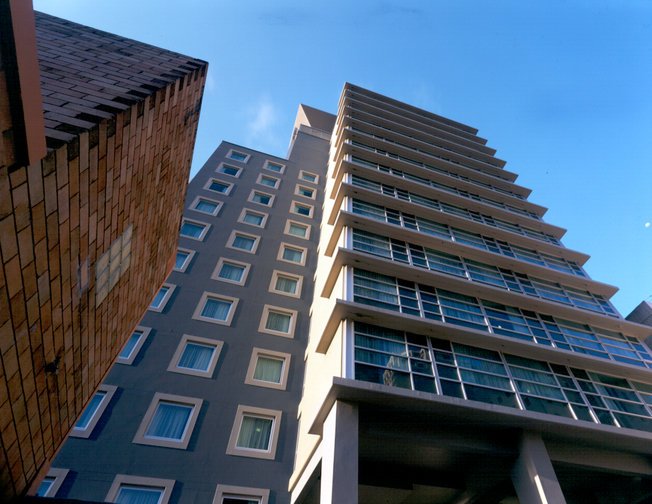
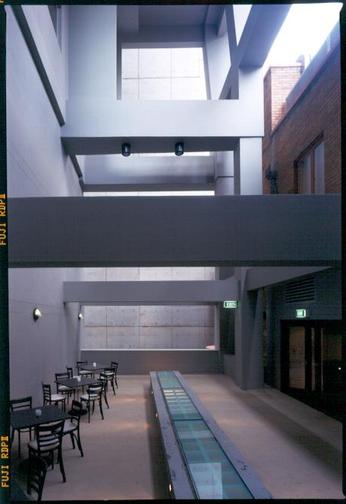
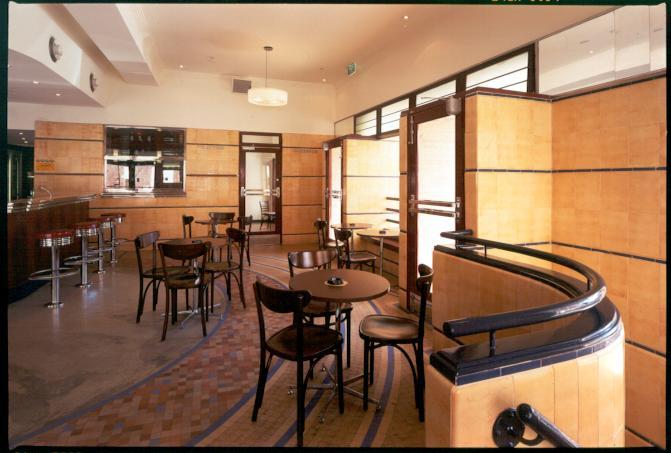
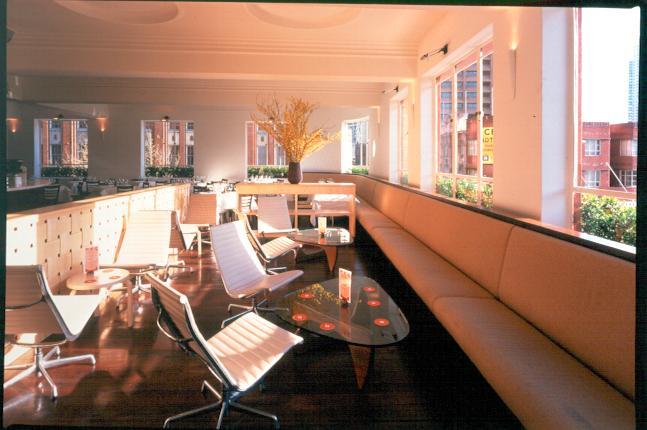
Civic Hotel
Sydney CBD, 1999
Civic Hotel This project located in the central southern end of Sydney CBD, involved the recycling and adaptive re-use of the 1930’s dilapidated four levels corner heritage pub and construction of a new 17 storeys hotel addition. From the late 1930s till about 1941, there had been a boom in pubs and hotel construction. The Civic Hotel designed by R.A.Provost in 1940-41 was much admired and its re-birth as part of the development for new Ibis hotel resulted with its seamless integration of old and new. The site for the hotel consists of the old Civic Hotel and two narrow adjacent shop houses. Because of the narrowness of the shop house portion, the tower over-sails the light well of Civic Hotel to achieve the necessary footprint for 166 rooms within the 17 storeys height. The tower is set back from the frontages of the Civic Hotel and is skilfully articulated into two sections of contrasting elevation treatment, reducing the perception of mass in a manner consistent with the scale of the much smaller Civic. The new tower comprises a ground floor, which contains reception, lift lobby; luggage and loading are accessed via a rear laneway. The remaining floors of the tower consist of room accommodation with plant located at level 15, level 18 and basement. The new Ibis rooms are extremely compact with a variety twin single beds and double bed rooms, occasionally inter-connected to form family suites. Areas range from 16 to 20 sq. meters. “The Civic Hotel has maintained its integrity and prominence as corner pub architecture of the period, yet has been integrated as a cohesive part of the development.” The refurbished Civic Hotel, which won the R.A.I.A. 2000 NSW Chapter ‘Commendation” award for Conservation and Adaptive Re-Use has been conserved and adapted to its original purposes. As one of the founding directors of M+N Architects, I was the principal architect of the project.
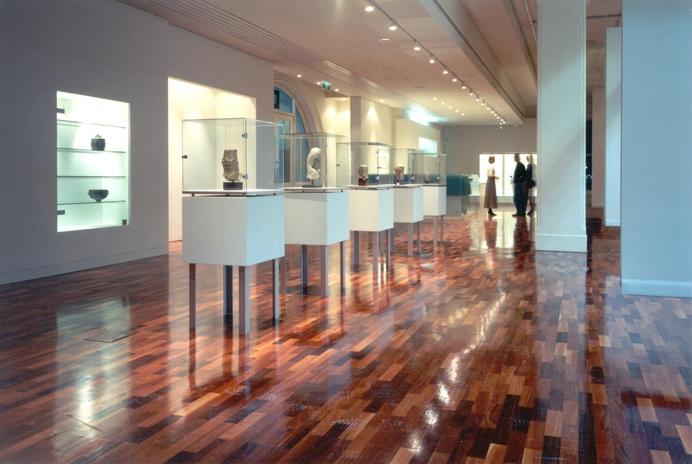
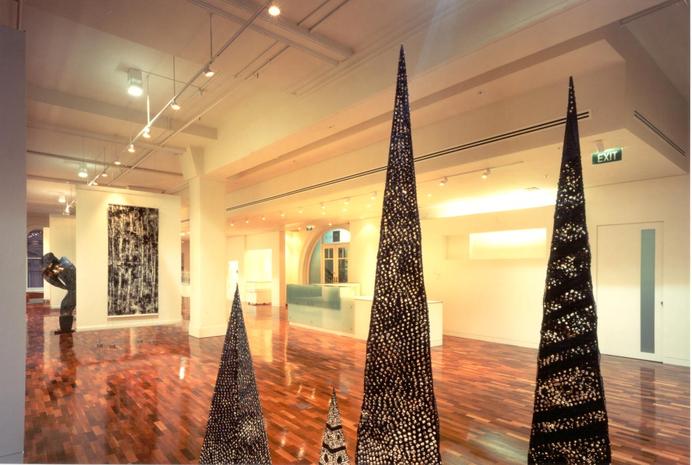
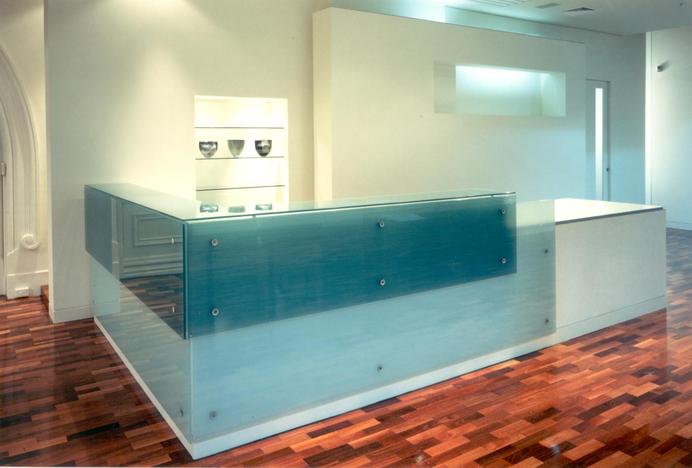
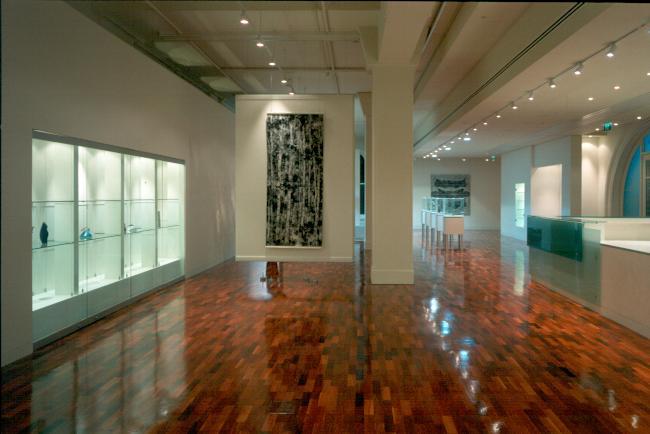
Quadrivium Gallery
Sydney, 1998
‘Quadrivium’ is a Latin word meaning a place where four ways meet. In the gallery context, it is where different cultures and diverse forms intersect. It is the meeting of the fine arts with the decorative arts, the purely aesthetic with the functional, where contemporary art forms intersect with traditional and where occidental is juxtaposed with the oriental. It was a gallery of museum standard located in the famous heritage listed Queen Victoria Building in Sydney CBD, designed to show the best of Australian contemporary art and design together with both classical and contemporary Asian art forms. A removable system of semi-transparent fabric screens forms the backdrop for two dimensional art and sculpture while maintaining the open character of the gallery. The moveable screens allow the creation of a large single space or a series of intimate subdivided bays. Glass, coloured in subtle tones, was chosen as the primary material for the reception counter and mobile display cabinets.Its translucent and crystalline quality enhances the gallery’s mood of space and light. As one of the founding directors of M+N Architects, I was the principal architect of the project.





